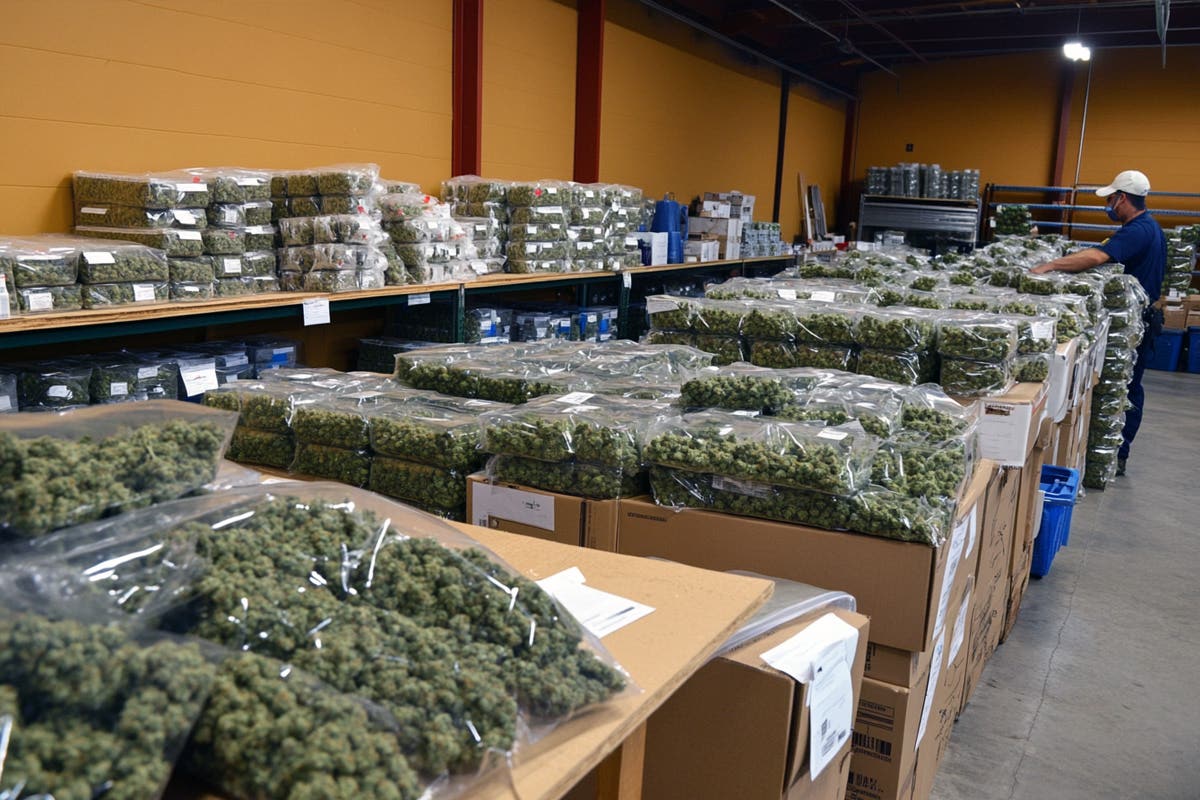Transpiration is a vital process in the life of a cannabis plant. It plays a crucial role in nutrient absorption, cooling, and the transportation of hormones and minerals within the plant. Understanding the intricacies of transpiration and managing it effectively can greatly enhance the growth and yield of cannabis crops.
Understanding transpiration
A. What is transpiration?
Transpiration is the process by which water vapor is released from the stomata, small pores present on the surface of leaves and stems. This loss of water vapor creates a pull, known as the transpiration pull, which helps in the upward movement of water and nutrients from the roots to the rest of the plant.
B. Process of transpiration in cannabis plants
In cannabis plants, transpiration occurs primarily through the stomata located on the undersides of the leaves. As the plant takes in carbon dioxide for photosynthesis, water vapor diffuses out, creating a water potential gradient that drives the movement of water through the plant.
C. Factors influencing transpiration in cannabis plants
Several factors affect the rate of transpiration in cannabis plants. These include light intensity, temperature, air movement, and humidity levels. Understanding and managing these factors can significantly impact the transpiration rate and overall plant health.
Benefits of transpiration in cannabis plants
A. Nutrient absorption
Transpiration facilitates the absorption of water and essential nutrients from the soil. As water is transpired through the leaves, it creates a negative pressure that pulls up water and nutrients from the roots, ensuring their efficient uptake.
B. Cooling effect
Transpiration helps regulate the temperature of cannabis plants. As water evaporates from the leaves, it cools down the plant, preventing excessive heat buildup and protecting it from heat stress.
C. Transport of hormones and minerals
Transpiration also aids in the transport of hormones and minerals within the plant. Hormones responsible for growth and development, as well as essential minerals, are dissolved in water and transported through the plant's vascular system to the areas where they are needed.
Managing transpiration in cannabis cultivation
A. Controlling humidity levels
Maintaining optimal humidity levels is crucial for managing transpiration in cannabis plants. High humidity can reduce transpiration rates and lead to issues like mold and mildew, while low humidity can cause excessive transpiration and water stress. Balancing humidity levels through proper ventilation and dehumidification techniques is essential.
B. Optimizing watering techniques
Watering practices play a vital role in managing transpiration. Overwatering can lead to waterlogged soil and hinder proper transpiration, while underwatering can result in wilting and nutrient deficiencies. Providing the right amount of water at the right time and monitoring soil moisture levels is key.
C. Providing adequate ventilation
Proper airflow and ventilation help maintain healthy transpiration rates. Stagnant air can impede transpiration and increase the risk of pests and diseases. Adequate airflow can be achieved through the use of fans, air vents, and carefully designed grow spaces.
Factors affecting transpiration rate
A. Light intensity
Light intensity significantly influences the rate of transpiration. Higher light levels can increase transpiration rates, while low light levels can reduce them. Adjusting lighting conditions based on the plant's growth stage can optimize transpiration.
B. Temperature
Temperature affects transpiration by influencing the rate of evaporation. Warmer temperatures accelerate evaporation and transpiration rates, while cooler temperatures slow them down. Maintaining appropriate temperature ranges for cannabis plants is crucial.
C. Air movement
Air movement plays a vital role in regulating transpiration rates. Gentle air circulation helps remove the boundary layer of humid air around leaves, facilitating efficient transpiration. Fans or other means of air movement can be used to optimize transpiration.
D. Humidity levels
Humidity levels impact transpiration rates. Lower humidity increases transpiration, while higher humidity reduces it. Striking a balance between humidity and transpiration is crucial for optimal plant health.
Strategies to optimize transpiration in cannabis plants
A. Proper watering schedules
Establishing a consistent watering schedule based on the plant's needs and growth stage is essential. It ensures adequate moisture for transpiration without overloading the plant with excess water.
B. Providing sufficient airflow
Proper ventilation and airflow help create an ideal environment for transpiration. Adequate airflow helps prevent moisture buildup, reduces the risk of diseases, and promotes healthy transpiration rates.
C. Choosing appropriate potting medium
The choice of potting medium can affect transpiration rates. Using well-draining soil or hydroponic systems that provide proper aeration can optimize water uptake and transpiration.
Monitoring transpiration in cannabis plants
A. Measuring plant weight
Monitoring plant weight can provide insights into transpiration rates. Regularly weighing the plants allows growers to assess water uptake and adjust watering practices accordingly.
B. Leaf temperature analysis
Measuring leaf temperature using infrared thermometers or thermal imaging cameras can indicate the plant's transpiration rate. Cooler leaves suggest higher transpiration, while warmer leaves indicate lower transpiration.
C. Using transpiration sensors
Transpiration sensors can directly measure the water loss from plants and provide real-time data on transpiration rates. These sensors can help fine-tune watering and environmental conditions for optimal transpiration.
Understanding cannabis plant transpiration is crucial for successful cultivation. By managing factors like humidity, watering, airflow, and light intensity, growers can optimize transpiration rates and promote healthy growth and yields. Monitoring transpiration through plant weight, leaf temperature analysis, or specialized sensors can further enhance cultivation practices.















